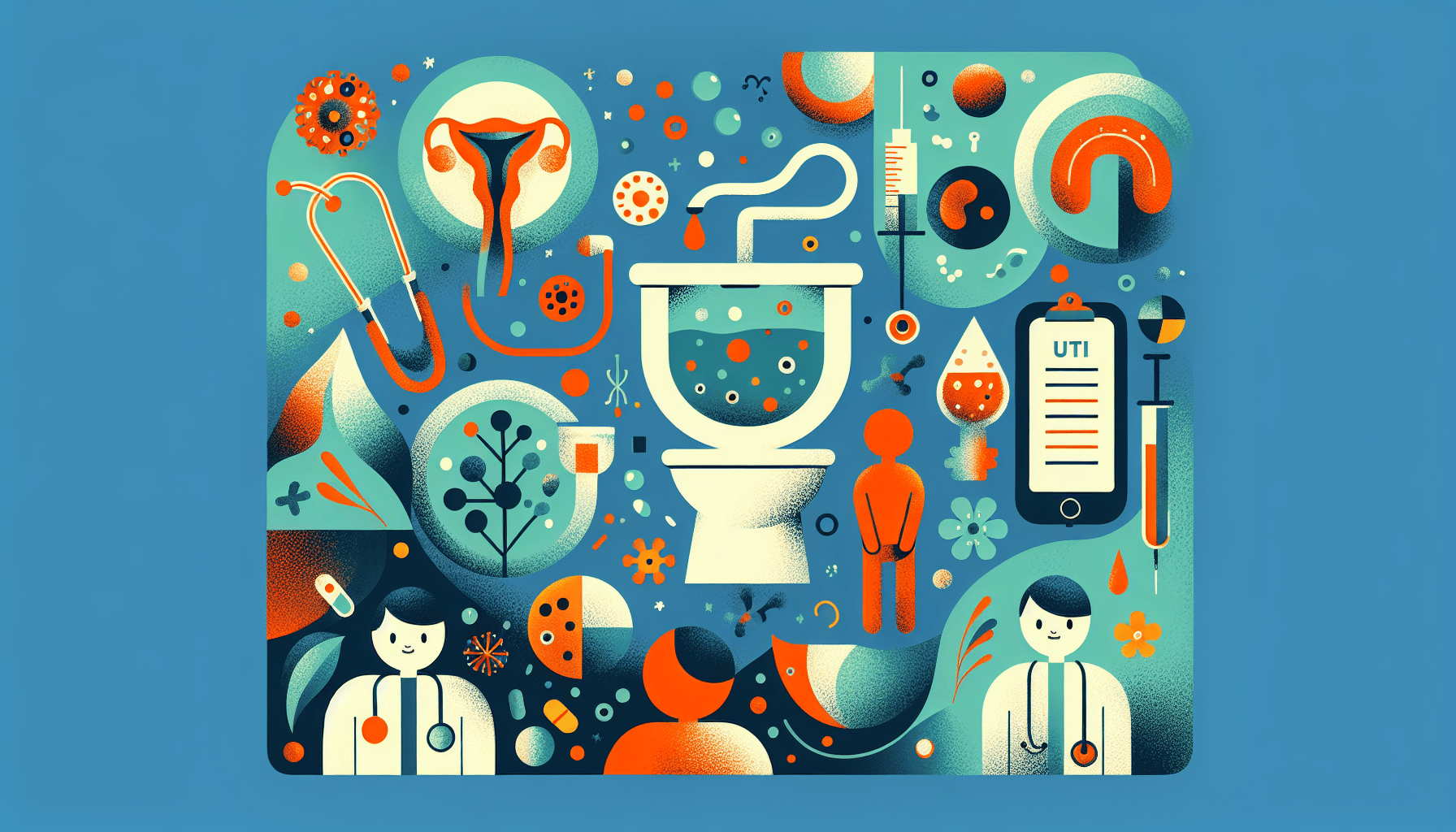Can I Take Zepbound a Day Early?
Key TakeawaysZepbound is a once-weekly injectable medication for weight management and obstructive sleep apnea (OSA) linked to obesity.Taking Zepbound a day early is [...]
Read More
Medically reviewed by Abhijit Bhattacharyya | MD, PhD, MBA, Tufts University School of Medicine - Miami, Florida on June 16th, 2023.
Urinary tract infections (UTIs) are common in children, affecting up to 8% of girls and 2% of boys by age 5. While colds and respiratory infections are more frequent, UTIs can cause discomfort and may lead to more serious kidney infections if left untreated. With proper care and treatment, your child should start feeling better within a few days.
UTIs occur when bacteria from the skin or feces enter the urinary tract and multiply. The urinary tract consists of the:
Kidneys, which filter wastes and extra water from the blood to produce urine
Ureters, which transport urine from the kidneys to the bladder
Bladder, which stores urine
Urethra, which empties urine from the bladder out of the body
Girls are more susceptible to UTIs than boys because their urethra is shorter, allowing bacteria from the anus to more easily enter the vagina and urethra. Some children may have anatomical issues in their bladder or kidneys that increase their risk of developing UTIs, such as narrowing in the urinary tract or vesicoureteral reflux (VUR), which can cause urine to back up from the bladder into the ureters and kidneys.
Older children may experience clear symptoms, such as:
Pain in the lower belly, back, or side
Pain or burning sensation while urinating
Urgent need to urinate or increased frequency of urination
Loss of bladder control or bedwetting in toilet-trained children
Blood in the urine or pink-tinged urine
Infants and younger children may exhibit more general symptoms, including:
Fussiness
Decreased appetite
Fever
Nausea or vomiting
Diarrhea
If you suspect your child has a UTI, consult your pediatrician. They will collect a urine sample and test it for signs of infection, such as blood and white blood cells. Urine samples can be obtained through various methods depending on the child's age, including a clean catch, a plastic bag placed over the genitals, a catheter inserted into the urethra and bladder, or a needle inserted directly into the bladder through the stomach in infants.

Rapid tests can help identify the specific bacteria causing the UTI, allowing doctors to prescribe the most effective antibiotics. If your child has experienced multiple UTIs, your doctor may refer you to a nephrologist (kidney specialist) for further imaging tests, such as an ultrasound, voiding cystourethrogram (VCUG), nuclear scan, CT scan, or MRI, to identify any underlying problems in the urinary tract.
Antibiotics are the primary treatment for UTIs, typically prescribed for 3 to 10 days (most commonly 7-10 days). It's crucial that your child completes the entire course of antibiotics, even if they start feeling better, to prevent the development of antibiotic-resistant bacteria and reduce the risk of recurrent infections. Most UTIs clear up within a week, although some children may experience symptoms for a few weeks. Contact your doctor if your child's symptoms do not improve after 3 days of starting antibiotics or if they worsen.
To help prevent UTIs in children, consider the following tips:
Change your baby's diapers frequently to prevent bacterial growth
Teach girls to wipe from front to back to avoid introducing bacteria from the anus into the vagina and urinary tract
Encourage children to use the bathroom as soon as they feel the urge and not to hold it in
Discourage girls from taking bubble baths and using perfumed soaps, and encourage them to wear cotton underwear to improve airflow and prevent bacterial growth
Ensure your children drink plenty of water to help flush bacteria out of the urinary tract and prevent constipation, which can create blockages that allow bacteria to grow
By understanding the causes, symptoms, and treatment of UTIs, as well as implementing preventive measures, you can help keep your child healthy and comfortable. If you have any concerns or questions about your child's urinary health, don't hesitate to consult your pediatrician.
For more information on UTIs in children, visit:
Key TakeawaysZepbound is a once-weekly injectable medication for weight management and obstructive sleep apnea (OSA) linked to obesity.Taking Zepbound a day early is [...]
Read MoreKey TakeawaysZepbound is an FDA-approved medication for chronic weight management in adults with obesity or overweight, and for moderate to severe obstructive sleep apnea [...]
Read MoreKey TakeawaysZepbound is a once-weekly injectable medication that supports weight loss by activating hormone pathways regulating appetite and digestion.After the first dose, [...]
Read More